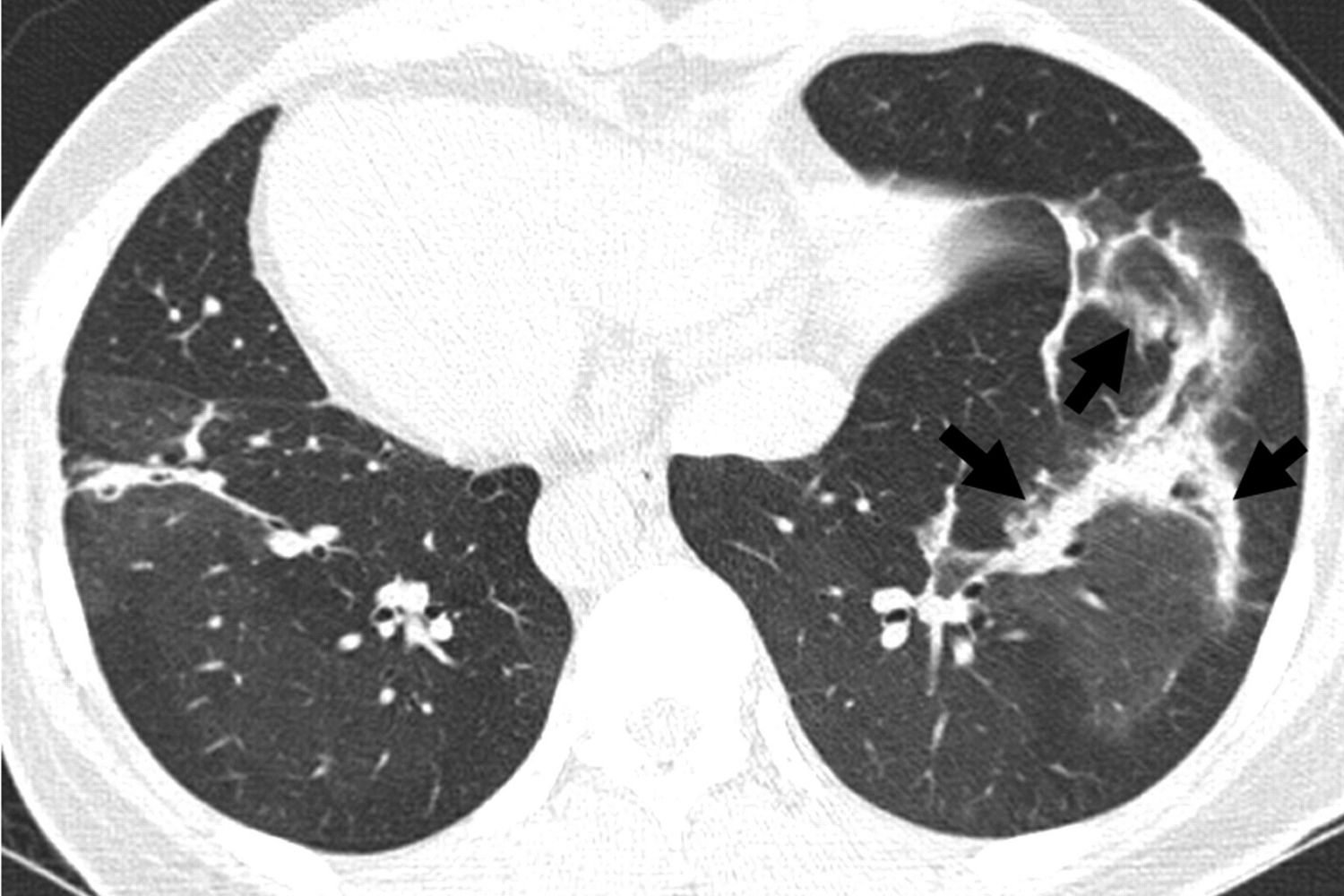
Cryptogenic Organized Pneumopathy (COP), also known as Cryptogenic Organizing Pneumonia, is a rare lung condition that can puzzle even seasoned doctors. Unlike typical pneumonia caused by infections, COP involves inflammation and scarring of the small airways and air sacs in the lungs. This condition can mimic other lung diseases, making diagnosis tricky. Symptoms often include a persistent cough, shortness of breath, and fatigue. While the exact cause remains unknown, it’s believed to be linked to an abnormal immune response. Treatment usually involves corticosteroids, which help reduce inflammation. Understanding COP is crucial for managing symptoms and improving quality of life.
Key Takeaways:
- Cryptogenic Organized Pneumopathy is a rare lung condition with unknown causes. It mimics pneumonia symptoms and requires early recognition for proper treatment.
- COP can be managed with corticosteroids, immunosuppressive drugs, and oxygen therapy. Regular follow-up and support are crucial for living with this condition.
What is Cryptogenic Organized Pneumopathy?
Cryptogenic Organized Pneumopathy (COP), also known as Cryptogenic Organizing Pneumonia, is a rare lung condition. It involves inflammation and scarring of the small airways and air sacs in the lungs. Understanding this condition can help in recognizing symptoms and seeking appropriate treatment.
-
COP is a type of interstitial lung disease, which affects the tissue and space around the air sacs of the lungs.
-
The term "cryptogenic" means that the cause of the disease is unknown.
-
It was first described in medical literature in the 1980s.
-
COP is sometimes mistaken for pneumonia due to similar symptoms like cough and fever.
Symptoms of Cryptogenic Organized Pneumopathy
Recognizing the symptoms of COP is crucial for early diagnosis and treatment. Symptoms can vary but often mimic other respiratory conditions.
-
Persistent dry cough is a common symptom of COP.
-
Shortness of breath, especially during physical activity, is frequently reported.
-
Some patients experience mild fever and fatigue.
-
Weight loss and night sweats can also occur in some cases.
Causes and Risk Factors
Although the exact cause of COP remains unknown, certain factors may increase the risk of developing this condition.
-
COP can develop after a respiratory infection, such as the flu.
-
Exposure to certain environmental factors, like dust or chemicals, may contribute to the development of COP.
-
Autoimmune diseases, such as rheumatoid arthritis, are sometimes associated with COP.
-
Smoking is not considered a direct risk factor for COP.
Diagnosis of Cryptogenic Organized Pneumopathy
Diagnosing COP involves a combination of medical history, physical examination, and specific tests. Early and accurate diagnosis is essential for effective treatment.
-
A chest X-ray often shows abnormalities in the lungs.
-
High-resolution CT scans provide detailed images of the lung tissue.
-
Lung function tests measure how well the lungs are working.
-
A lung biopsy may be necessary to confirm the diagnosis.
Treatment Options for COP
Treatment for COP aims to reduce inflammation and improve lung function. Various approaches can be taken depending on the severity of the condition.
-
Corticosteroids are the primary treatment for COP, helping to reduce inflammation.
-
Immunosuppressive drugs may be used in cases where corticosteroids are not effective.
-
Oxygen therapy can help patients with severe breathing difficulties.
-
Pulmonary rehabilitation programs assist in improving lung function and overall health.
Prognosis and Long-term Outlook
The prognosis for COP varies among individuals. Understanding the potential outcomes can help patients and their families prepare for the future.
-
Many patients respond well to treatment and experience significant improvement.
-
Some individuals may have recurrent episodes of COP, requiring ongoing treatment.
-
In rare cases, COP can lead to severe lung damage and respiratory failure.
-
Regular follow-up with a healthcare provider is essential to monitor the condition and adjust treatment as needed.
Living with Cryptogenic Organized Pneumopathy
Living with COP involves managing symptoms and maintaining a healthy lifestyle. Support from healthcare providers and loved ones can make a significant difference.
- Patients are encouraged to avoid exposure to respiratory irritants, such as smoke and pollutants.
Final Thoughts on Cryptogenic Organized Pneumopathy
Cryptogenic Organized Pneumopathy (COP) remains a mysterious lung condition. Despite its unknown origins, understanding its symptoms and treatments can help manage it better. COP often presents with cough, fever, and shortness of breath, making early diagnosis crucial. Treatments typically involve corticosteroids, which can significantly improve symptoms. However, relapses are common, so ongoing medical supervision is essential.
Staying informed about COP can make a big difference in managing the condition. Regular check-ups, following prescribed treatments, and maintaining a healthy lifestyle can help those affected lead a better quality of life. Remember, while COP can be challenging, advancements in medical research continue to offer hope. Stay proactive, consult healthcare professionals, and keep abreast of new developments. Knowledge is power when dealing with any health issue, including COP.
Frequently Asked Questions
Was this page helpful?
Our commitment to delivering trustworthy and engaging content is at the heart of what we do. Each fact on our site is contributed by real users like you, bringing a wealth of diverse insights and information. To ensure the highest standards of accuracy and reliability, our dedicated editors meticulously review each submission. This process guarantees that the facts we share are not only fascinating but also credible. Trust in our commitment to quality and authenticity as you explore and learn with us.
